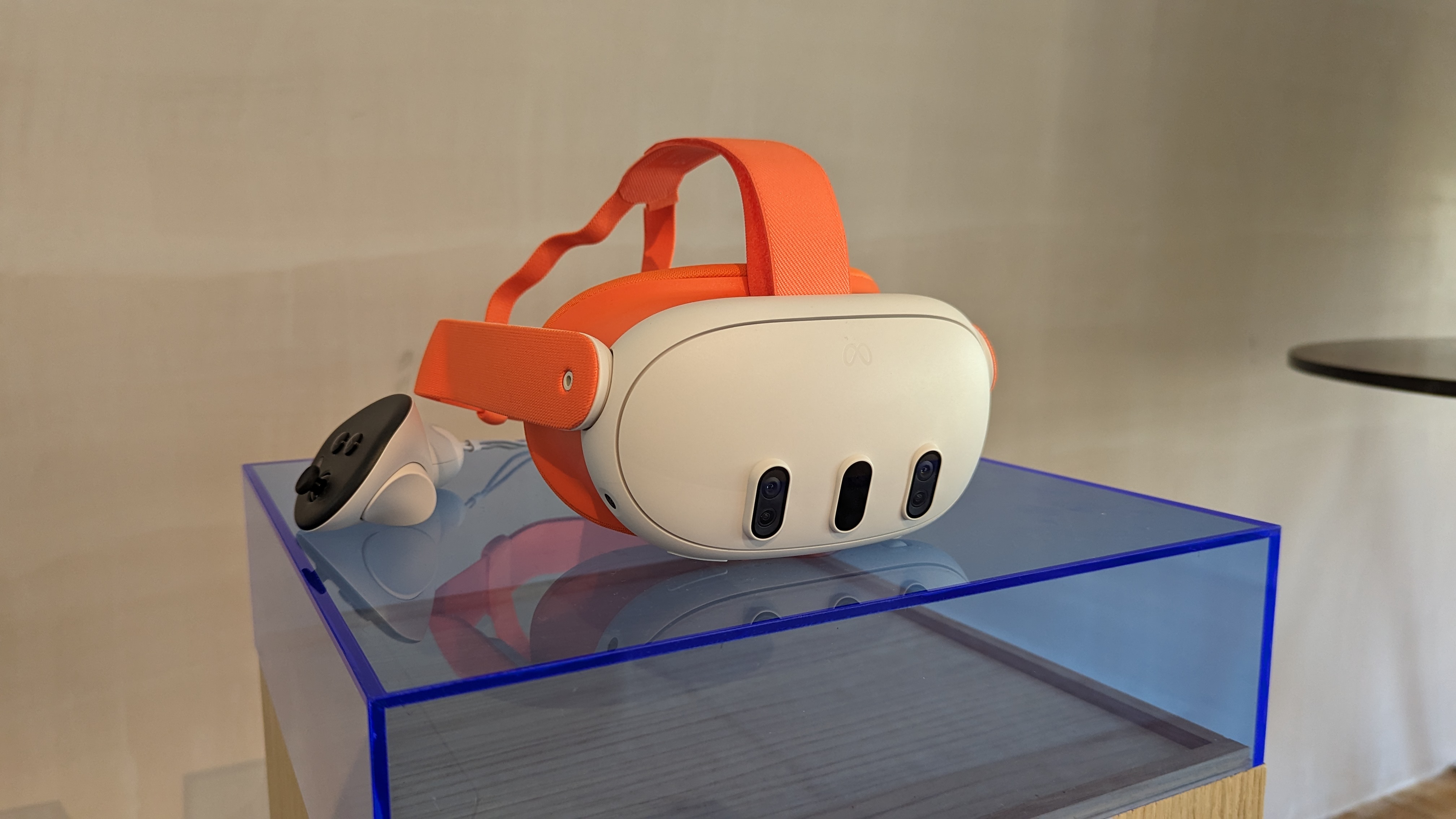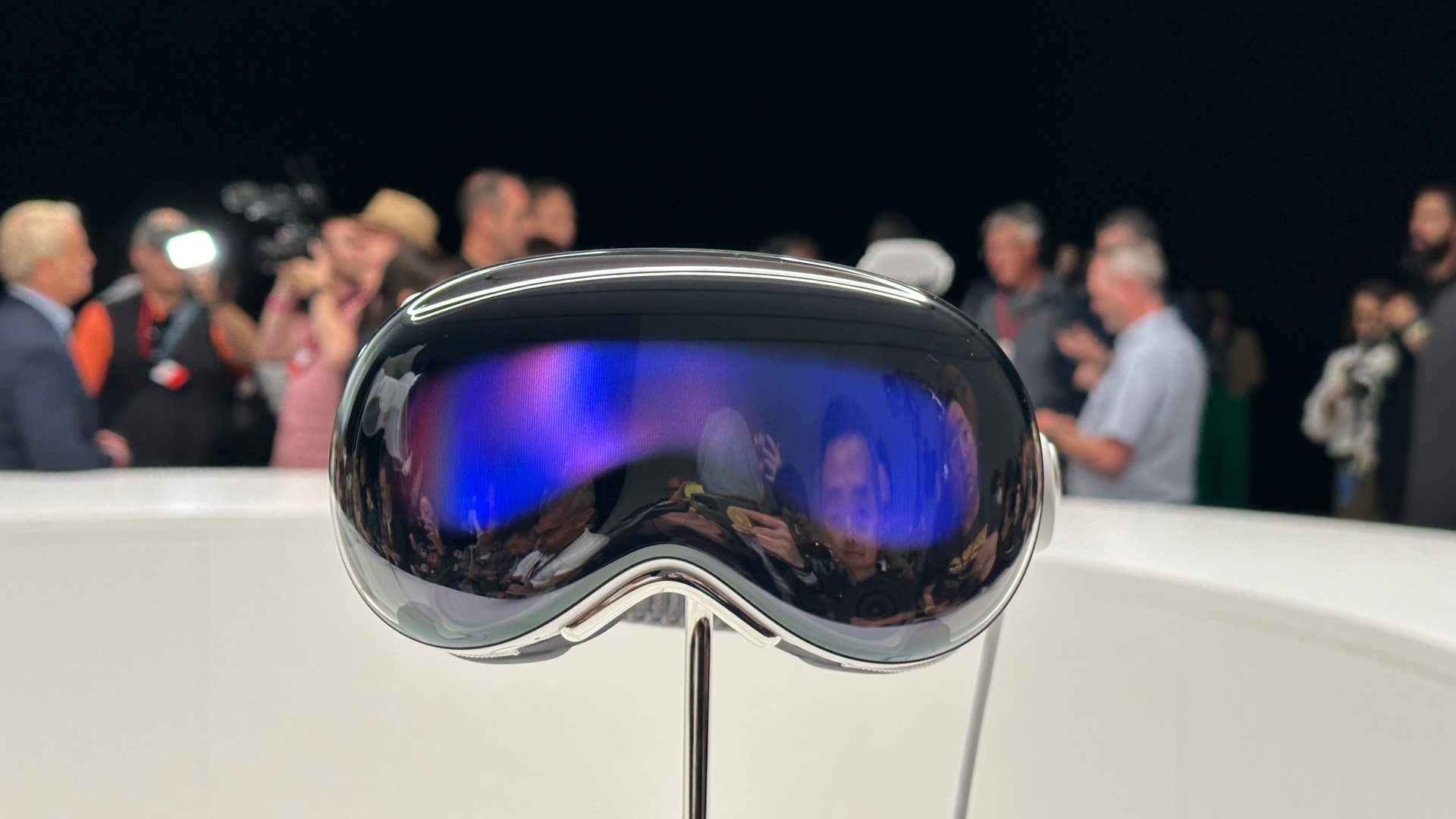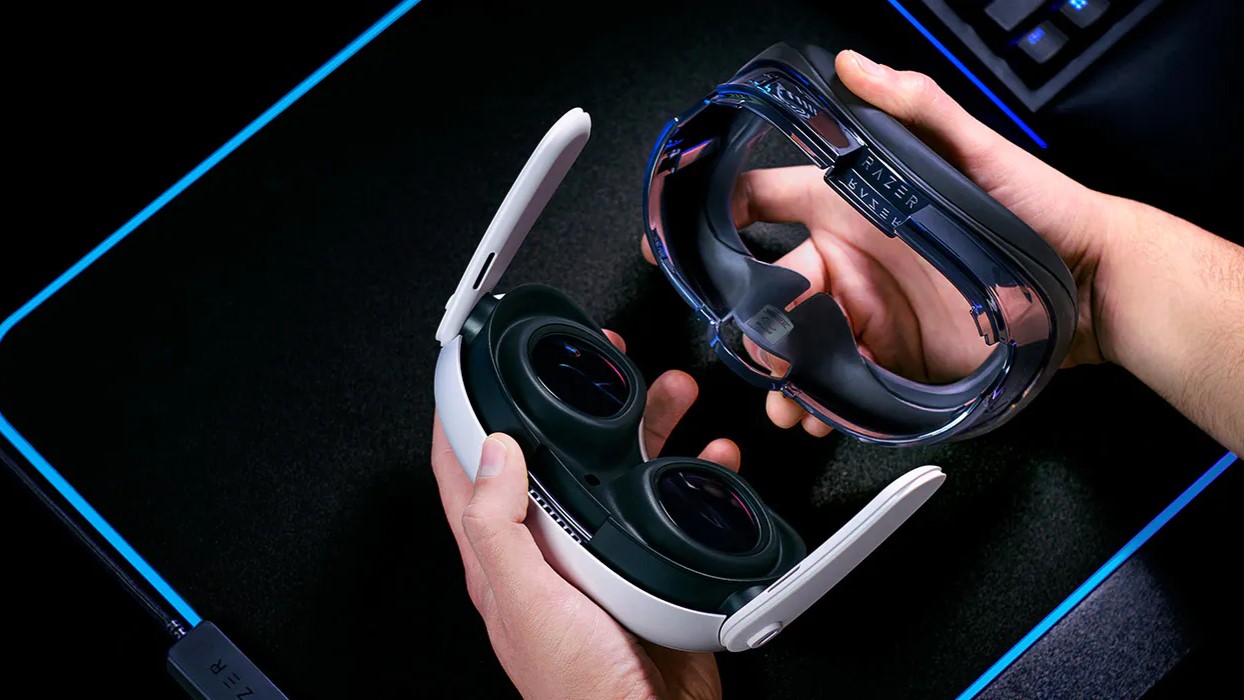Meta Quest 4: 5 things I want to see from Meta's next VR headset
When the Quest 4 eventually releases, it better get these things right

We’re not expecting to see a Meta Quest 4 until at least next year, 2026, but with all the excitement around Meta’s confirmed smart glasses launches coming later this year – of which I think we’ll get three – there’s a lot of people asking what we can expect from its other XR tech.
The Quest 4 hasn’t even been leaked yet. The Meta VR leaks we have heard instead point towards a device which seems more likely to become the Meta Quest Pro 2. The rumored device – codenamed Puffin – is expected to feature premium specs and a unique design, a lightweight (110g) glasses-looking device for VR and MR, which seems too out of left field for Meta’s next mainstream model.
But that doesn’t mean we can’t start laying out the features we want to see from the Meta Quest 4 – some of which we may even get based on comments from Meta itself and its collaborators, as well as leaked details about its other devices from insiders.
Obviously, better battery life, improved CPU and GPU specs, and a more lightweight design would all be great, but what are five other upgrades I want to see from the Meta Quest 4?
1. Wish for an OLED, but don’t expect it

A Meta Quest 4 with an OLED would be a significant upgrade, but based on the Quest 3’s pricing and the much higher cost of OLED compared with the LCD screen tech Meta currently uses, I’m not holding my breath.
The biggest advantage of OLED is contrast – blacks in dark scenes are actually black, and it’s easier to differentiate details in dark scenes as a result. For VR, this would make experiences much more realistic because dark spaces will look more like they do in real life, rather than the fake-looking backlit aesthetics we have to make do with when using LCD.
There are reports Meta’s Quest Pro 2 will use OLED, and the company has previously said it wants advancements to filter down from its premium to its more budget-friendly devices, but only when it’s cost-effective to do so.
Sign up for breaking news, reviews, opinion, top tech deals, and more.
As a result, it may just take time for an OLED upgrade to make it to the regular Quest line. It might not even happen until the Meta Quest 5 at the earliest – that is, unless super affordable OLED panels for XR can be sourced soon (something that Meta seems to be working on)
Or, perhaps Meta will offer a Quest 4 regular and Quest 4 OLED, like Valve does with its Steam Deck handhelds. There are downsides to this approach in terms of fracturing its user base in an already small VR market, but it’s a possibility.
2. Are you not entertained?

There’s been a lot of buzz around VR headsets being used as entertainment devices following Apple’s approach with Vision Pro, and comments James Cameron recently made about his Meta Quest headset usage to watch Avatar.
But Meta’s headsets aren’t the best in this regard.
They do have a handful of streaming options, but 3D content is close to impossible to find easily, which is a massive shame given how impressive it is to watch in VR.
I recently viewed Avengers: Endgame 3D in VR, and it was a fantastic experience – I can see why someone might choose it over watching a flat flick on their standard TV.
I think the Meta Quest 4 – especially if there is an OLED version – would do well to focus on entertainment with significant app and content upgrades.
Even if it’s simply being able to buy or rent digital movies through a digital store rather than a subscription-based content library, Meta would do well to offer a movie (in particular, a 3D movie) streaming service – and it should have offline playback functions too.
Existing services need to be improved, and content access needs to be simplified if Meta seriously wants VR headsets to be seen as entertainment-focused gadgets.
3. Offer a built-in capture card

Another major boost to a headset’s entertainment capabilities, this time from the hardware side, is building a Quest 4 with the ability to process an HDMI-In signal.
Currently, it can only do this using a third-party capture card, but based on my experience, it is a fantastic Quest feature that would only be improved by putting all the hardware inside the headset.
I used an Elgato capture card to enjoy PS5 games on a massive virtual screen, and it was phenomenal. It’s ideal whether you love the big screen experience or have a cramped living space without room for a large TV or projector image.
If the tech is identical to what you find in some of the best smart glasses – the ones with 3DoF AR capabilities – so it can easily interface with USB-C devices like your phone or laptop, this could be a solution to Meta’s entertainment content issue.
Instead of Meta needing more streaming apps, it can just rely on the ones on your phone.
Though Meta should also include an HDMI-to-USB-C cable with the Quest 4 if it boasts this feature, to make using your headset with a console like a PlayStation simple. Sourcing the right cable yourself can be confusing or pricey if you aren’t the most tech-savvy.
4. Improved mixed reality passthrough

Enough about entertainment upgrades, another important upgrade I want from the Meta Quest 4 is improved passthrough.
It’s already pretty solid.
Especially when using a mixed reality app in a bright environment.
Though it’s not perfect, and passthrough that’s more vibrant, less grainy, and has less distortion would make the Meta Quest 4’s mixed reality experience significantly more engaging, as the video feed of the real world would look closer to how it should.
I'd also take mixed reality of the same quality, but done in a way that’s less battery-intensive, as mixed reality apps will drain your Quest headset’s charge faster than non-MR apps.
5. Silicone facial interface

Last but not least is a minor but necessary upgrade: the facial interface needs to be made of silicone.
Facial Interfaces are the soft material that cushions the frame of the headset where it rests on your face, and while add-ons (by Meta and third parties) are made from silicone, the one in the box is made from fabric.
These fabric solutions are comfy, but they soak up sweat, making them less than ideal for people who want to use their headset for extended periods of time, for working out, or sharing their headset with other people.
You can technically clean them, but from my experience, it’s more hassle than it’s worth.
Ideally, the Quest 4 would just shift to offering silicone out of the box, as it’s a much better option than fabric.
You might also like

Hamish is a Senior Staff Writer for TechRadar and you’ll see his name appearing on articles across nearly every topic on the site from smart home deals to speaker reviews to graphics card news and everything in between. He uses his broad range of knowledge to help explain the latest gadgets and if they’re a must-buy or a fad fueled by hype. Though his specialty is writing about everything going on in the world of virtual reality and augmented reality.
You must confirm your public display name before commenting
Please logout and then login again, you will then be prompted to enter your display name.